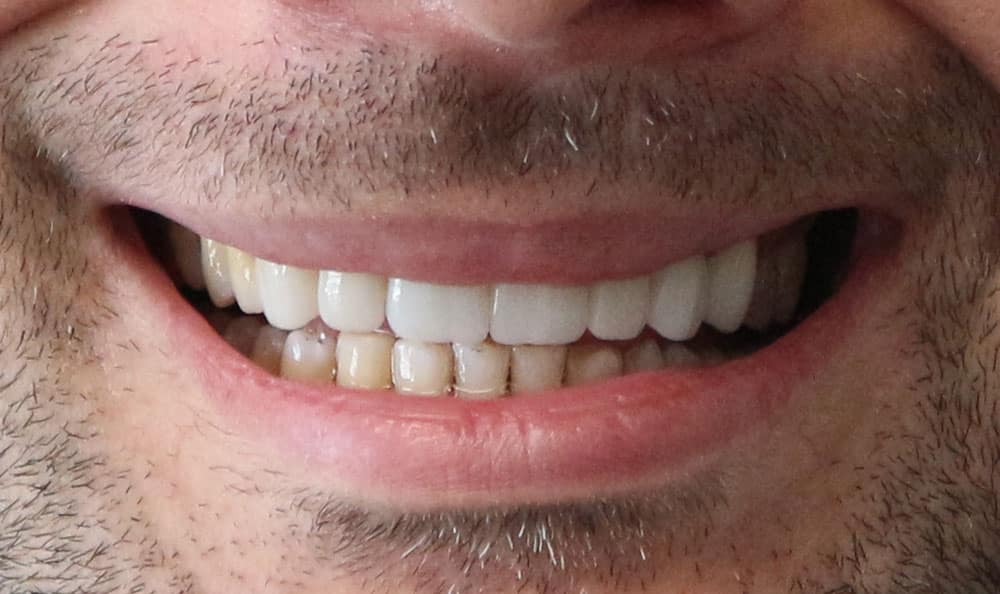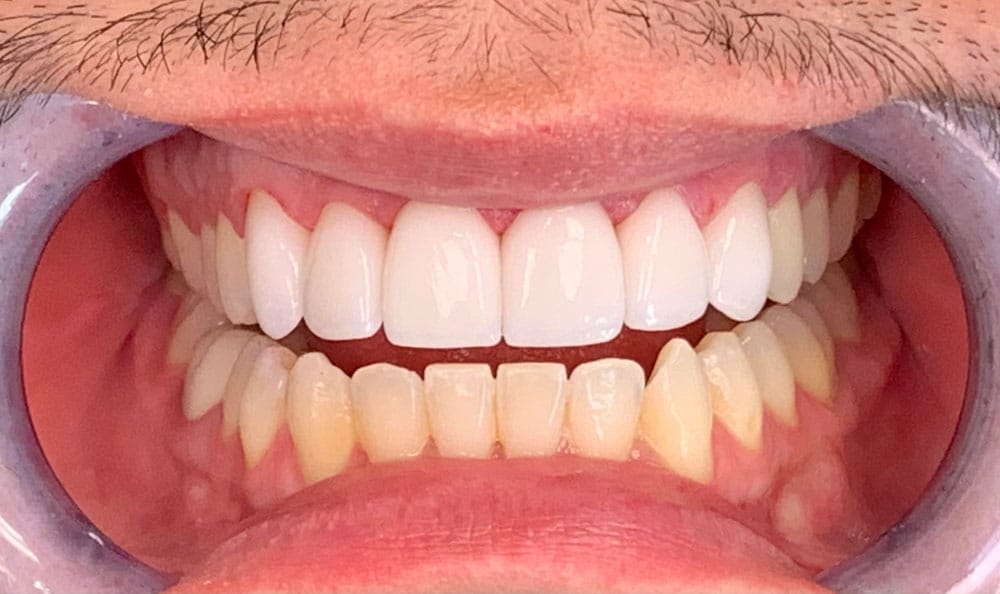Periodontal disease, also known as gum disease, is often caused due to infection and inflammation in the gums and around the teeth' bone. If left untreated, the disease can become more severe, and it may result in periodontitis.
This can cause tooth loss, or the tooth may fall out. Periodontal disease can be one of the biggest problems of oral health.
You may notice the following Gum disease symptoms: bleeding gums, swollen gums, loose teeth, red gums, bad breath, pockets between teeth and gums, or pain. If you notice these symptoms, contact your dentist and book an appointment immediately.

What are the causes of gum disease?
When the bacteria in the mouth cause infection, the tissue covering the tooth can cause infection and inflammation in the surrounding tooth. This, if not treated, can lead to periodontal disease. When you do not treat the disease, the bacteria dwell on the teeth for a long time and form a cover around the teeth called plaque, which eventually hardens and forms tartar, also called calculus.
After the building of tartar, it can spread underneath the gum line, and that area is harder to clean. You may have to visit a professional dentist who can only remove the tartar and clean the infection to stop the growth of the periodontal disease.
Prevention:
When you first see signs of gum disease, you better contact your dentist, or it may lead to Symptoms of Periodontal Disease, as gingivitis can be converted and treated with good oral hygiene and visiting your dentist regularly every 6 months for teeth cleaning.
The disease, therefore, can be treated successfully but with more comprehensive treatment. Your dentist will use deep cleaning to clean the teeth below the gums, also known as root planing and scaling.
To prevent or control periodontal diseases, it is essential to brush and floss daily to keep your mouth germs and bacteria free that cause gum disease. You should visit a dentist at least twice a year for checkups. Call and visit your dentist for Treatment for Periodontal Disease for a checkup if you have any signs that imply gum disease.
Treatment for Gum disease:
Usually, if the gum disease is at the first stage, you can treat it with good oral hygiene and less invasive procedures involved -

- Scaling:
During the deep cleaning procedure, the dentist will first remove the plaque and tartar from the tooth surface and below the gums. Your dentist will use a dental scale to remove it.
- Root planing:
After scaling, the dentist will deeply clean the tooth's roots and smooth the root surface, known as root planing.
- Antibiotics:
Once the deep cleaning is done, your dentist will give you antibiotics to stop the gum infection. Your dentist will apply the antibiotics in the gaps between the teeth and gums or gum pockets.
In Conclusion:
If you notice swelling, discuss with your dentist about Sore Gums Treatment if it is the only symptom. It is better to treat gum disease when you first see the signs. Contact your Urgent Dental Care if you have bleeding, swollen, or painful gums. BOOK an appointment now!
Article source : https://www.healthandhealthytips.com/what-are-the-prevention-and-treatment-of-periodontal-disease/
Comments